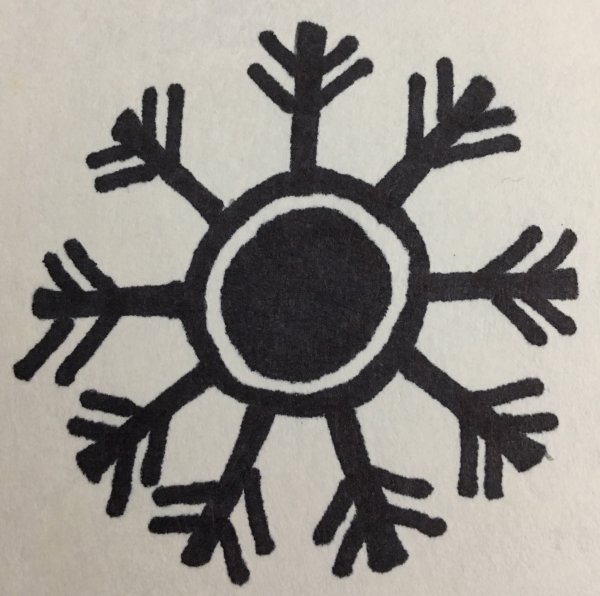Dragon's Wild Time, leyacorpla
The term "leyacorpla" in Draconic loosely translates into "Wild Time". Another translation for leyacorpla could be "young and stupid." It is noted by many observers that young dragons are usually very bold. Maybe they are motivated by darker emotions or maybe they want to help other mortals or maybe they are just curious about other creatures. Whatever motivates them, most young dragons are not afraid to meddle in the affairs of humans or other younger mortal races. Older dragon are generally very cautious and indirect. They still meddle with other races but they tend to do so via elaborate plans and schemes."A dragon finds pride in her strength and finds weakness in her pride"
-Swynfaredian Proverb
Sometimes the weaker opponent wins. Not often, but if you fight enough weaker opponents, eventually you will lose. A wise dragon knows where he is strong and knows where he is weak. A young dragon has a lot of raw power and potential but she has no life experience. Until a dragon finishes her leyacorpla, she is going to be doing stupid and reckless things until she wises up and learns some discretion. Some dragons argue that a healthy leyacorpla takes two hundred years, or three hundred years, or five hundred years. Me personally, I don't think it's a matter of the simple passage of time. In my opinion, filled to the brim with undeserved confidence, a young dragon is going to have to come a talon's width away from death a couple times before she learns some caution, or he I suppose. I might as well talk about myself. By my count, I have seven brushes with death before I reassessed my life and decided it was time for my leyacorpla to end...and it took me less than two centuries. Is it any wonder that most dragons don't make it to adulthood, but those dragons that do make it adulthood have a good chance to live long enough to be mighty great wyrms?""Dragons are the most powerful creatures on Scarterra, second only to the Nine themselves. At least older dragons are. Even older dragons can still be beaten by inferior foes if they are sorely outnumbered or just unlucky. It is what happened to Turoch after all, and he was stronger than a thousand dragons.
History
Every dragon chooses to raise their clutches differently, but relative to today, the ancient dragons of the First Age both literally and figuratively kept their young close to them, relative to how modern dragons parent anyway. Perhaps too much so. Young dragons rebelling against their elders was one of the many factors that destabilized dragonkind as a whole and potentially paved the way or at least exacerbated the First Unmaking. After the First Unmaking, as the the Second Age unfolded, dragons began practicing something akin to what humans call 'free range' parenting. Maybe they believed this form of 'tough love' was good for them. Maybe they were simply lazy. I do not know. At this point, the term 'leyacorpla' became known to the elves. Elves and dragons fought a lot. More than humans and dragons today. This was usually the result of a leyacorpla dragon figuratively and biting off more than he can chew and because these were the weakest and most foolhardy dragons, the elves often won. (Speaking of pride, due to all the legends they've been supped on, modern elves are awfully prone to overestimate their chances against dragons nowadays but I digress). In the the Third Age have corrected things slightly. There are exceptions to every guideline, but modern dragons care for their young closely than our ancestors did in the Second Age but far more loosely than our ancient ancestors did in the First Age. Is this what dragons should have done from the very beginning? I do not know. But it does seem to be what dragonkind needs right now. We need to warn our young about dangerous and risks they face, but we also need to give them the freedom to learn from their mistakes."-Gorisonad the Wise, famous dragon"'Leyacorpla', is not a new term, not by any stretch of the imagination. It seems that our illustrious ancestors in the the First Age complained about their young not listening to their elders and doing wild and dangerous things. I suppose humans, elves, and pretty much all mortals often complain about their youth being reckless and not listening to their elders. I suppose every mortal race has some period of 'wild time', but their youth generally don't fly and breath fire...usually.
Execution
There is no formula for a dragon's leyacorpla but almost every dragon either has an epiphany where they realize "I'm pretty strong, but I'm not invincible" or they die.
It seems to make little difference if they heard the term "leyacorpla" before or after their epiphany. If you tell a young dragon about what a leyacorpla, they will probably won't believe it, even if the knowledge is coming from a much bigger, stronger dragon.
Most dragons, don't have a ritual. A small number of dragons have created a simple ritual and this practice is slowing spreading to other dragons. When a dragon believes he (or she) has put his leyacorpla behind him, he will bite his left hand/foreclaw and daub the Draconic rune for "wisdom" on a rock in his own blood.




Comments